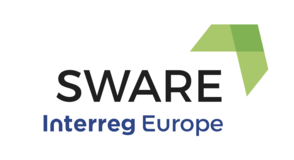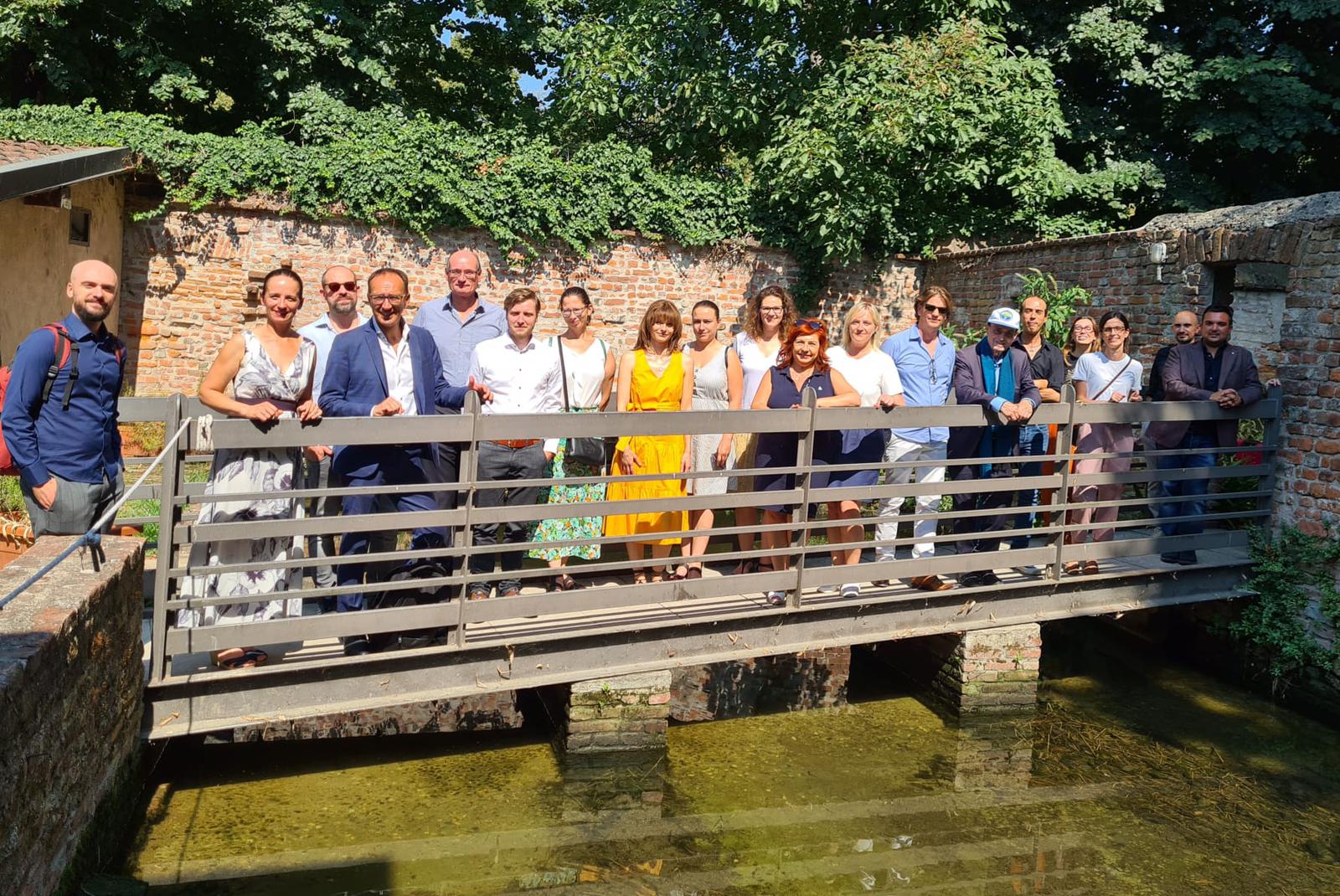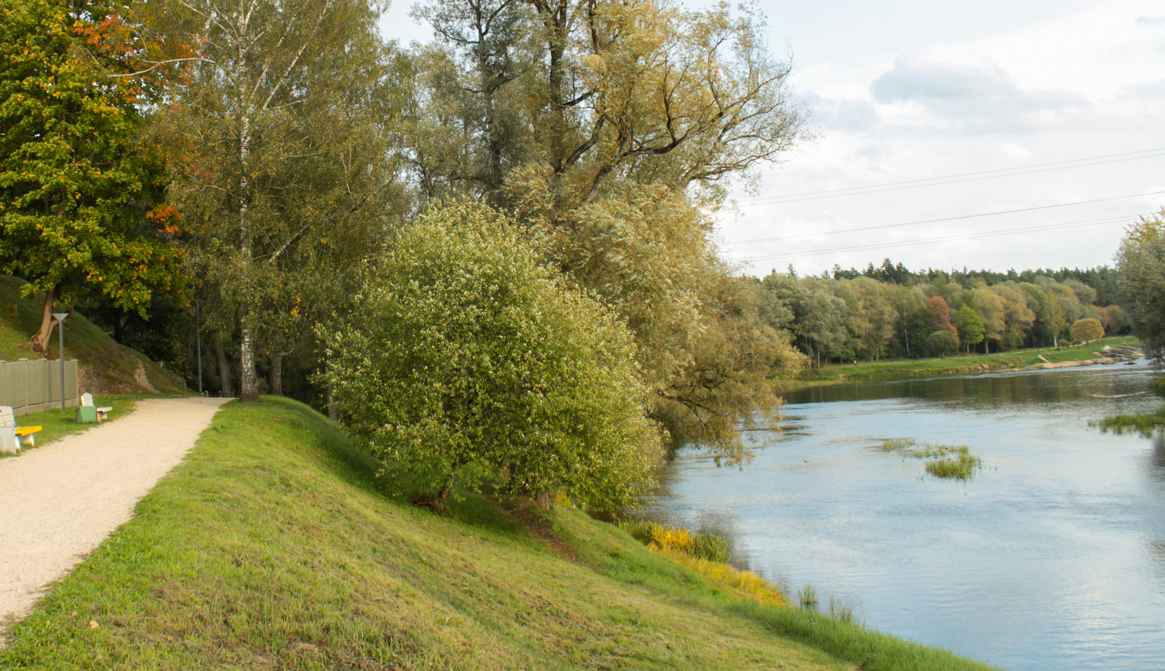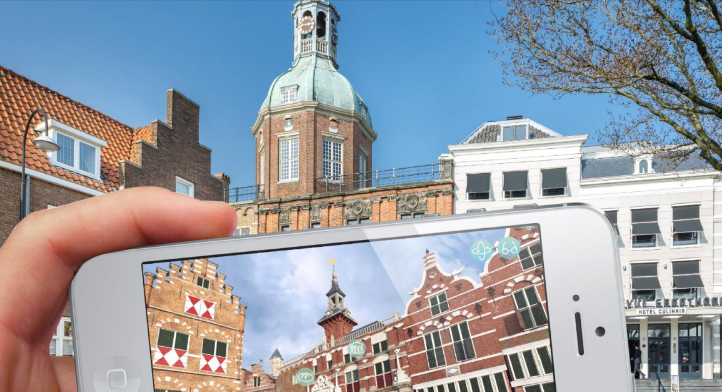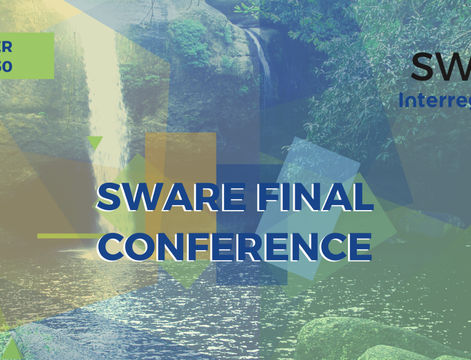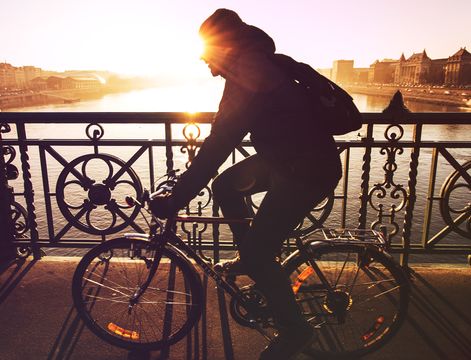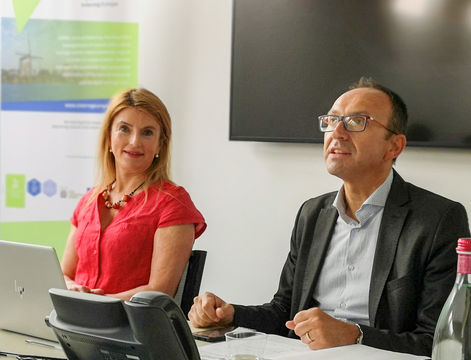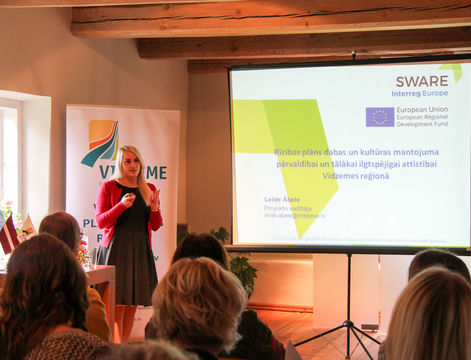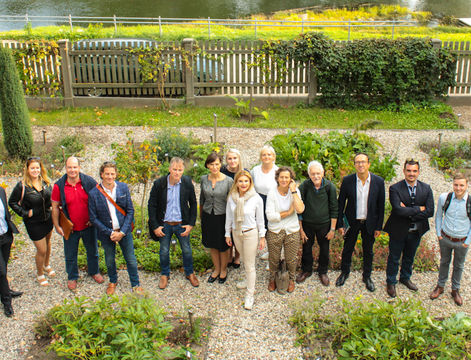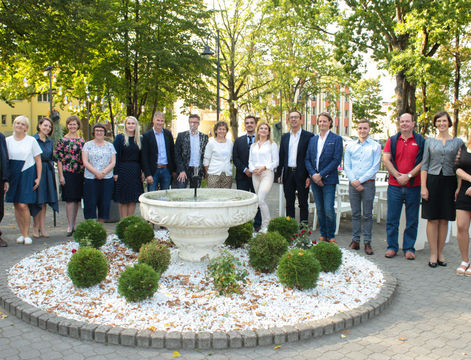Almost two years after the original end date of the project " Sustainable heritage management of WAterway REgions" (SWARE), the project team continues to actively share knowledge, experience and good practice among European regions in the additional call. In June a webinar about digital solutions and their uptake to achieve a better balance between the protection and sustainable use of natural and cultural resources took place.
As a result of the COVID-19 pandemic, residents are more intensively using the services of the local ecosystem for recreation, thus significantly increasing the rush of visitors to the areas of nature, creating overload in certain objects, which threatens both - the place itself and lowers the quality of the visitor experience. How can we manage these objects more effectively? How can digital solutions be used to create better experiences and how can they be used for educational purposes?
"Raising public awareness of cultural heritage and its use ensures the preservation of that heritage," says Theo Pronk, The Hidden City Foundation (Stichting De Verborgen Stad), The Netherlands, director, talking about 5D solutions for nature tourism sites. The expert highlighted digital solutions as one of the most important tools considering the consequences of the pandemic.
As the main tasks and goals of digital solutions, Theo Pronk sets public awareness and free access to research and good practices, as well as the opportunity to get know each of the objects from the perspective of residents. One of the opportunities how to tell stories about cultural heritage today is the 5D reconstruction, which allows everyone to look back in decades.
"The environment, whether it's a city or landscape, is both a physical and a spiritual experience. Therefore, how people perceive this environment varies depending on the origin, interests, and knowledge of each one," says the expert. 5D technologies are just one way to influence this knowledge through research and visual tools.
The presentation is available HERE.
Madara Stukmane, event organizer at Tourism administration in Valmiera Municipality, introduced about the experience in developing digital gaming and integrating it in the county's tourism offer. After the regional reform, it was actual to promote tourism objects throughout all territory of the new county. The use of digital solutions (games) even in conditions of restrictions imposed by Covid19, allowed to popularize an active lifestyle while getting to know the county and tourist attractions. The spokeswoman presented two digital games that allow us to achieve this goal – cilpo.lv and ROADGAMES.
The game "Cilpo" consists of 6 loops, which includes around 30 different questions, tasks, and stories. It is a walking game that can be played from anywhere in the world, even if the player is not in Valmiera county. All you need is a phone, the app, and a walking route of your choice. RoadGames, on the other hand, is also available to a much wider audience in other countries and can also be played by car or bicycle.
One of the benefits for inhabitants is offer of quality free time and the possibility for safe acquaintance with destinations, discovering perhaps unfamiliar, but valuable places. Residents have opportunity to choose the routes they like, thus also getting to know the infrastructure of each location and visiting various sights to make the interactive walk even more special.
The presentation is available HERE.
Project manager Stephan van Dijk emphasizes the meaning of experience sharing: “Exchange of experiences and good practices can result in new ways of experiencing the Green and Blue areas that are currently under pressure. Although digital solutions aren’t new, during the pandemic they have become much more widely used. You can create awareness through utilization, but that starts with information. The aim of the webinar was to showcase digital solutions that can create a positive impact, with the hope to create better experiences in a balance with green and blue ecosystem.”
“Why are digital solutions important? Because they offer new ways of experiencing our areas and they attract a different audience. When you open up more and more digitally, it becomes available for a wider audience. Not just locals, but national or today even interregional tourists as well: through storytelling and useful tools for immediate and pervasive communication. These tools give us the opportunity to visit places remotely, overcoming the hurdles of pandemic restrictions and guarantee continuity to the promotion of peculiar places of our territories.”
The project " Sustainable heritage management of WAterway REgions" (SWARE) is implemented with the support of the European Regional Development Fund's program Interreg Europe 2014-2020. This publication reflects the author' s views only and the Interreg Europe programme authorities are not liable for any use that may be made of the information contained therein.
